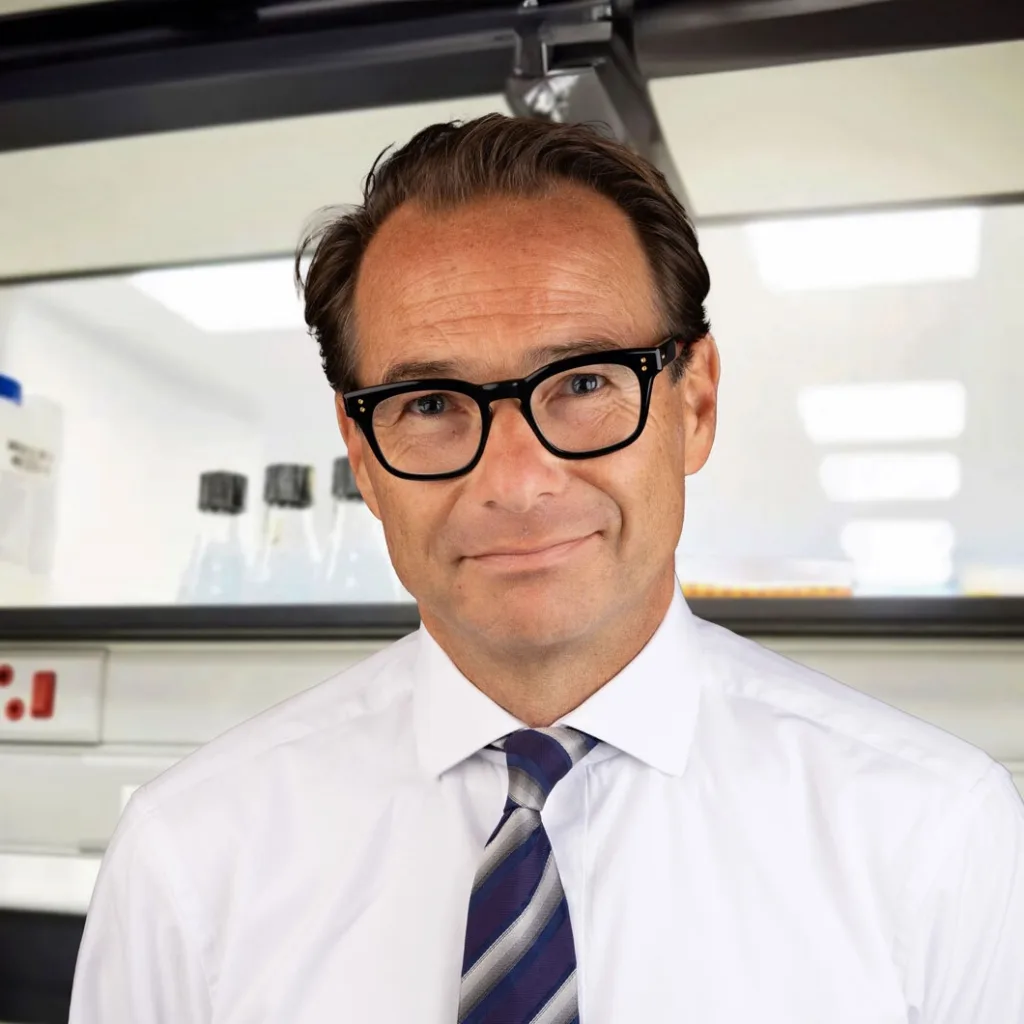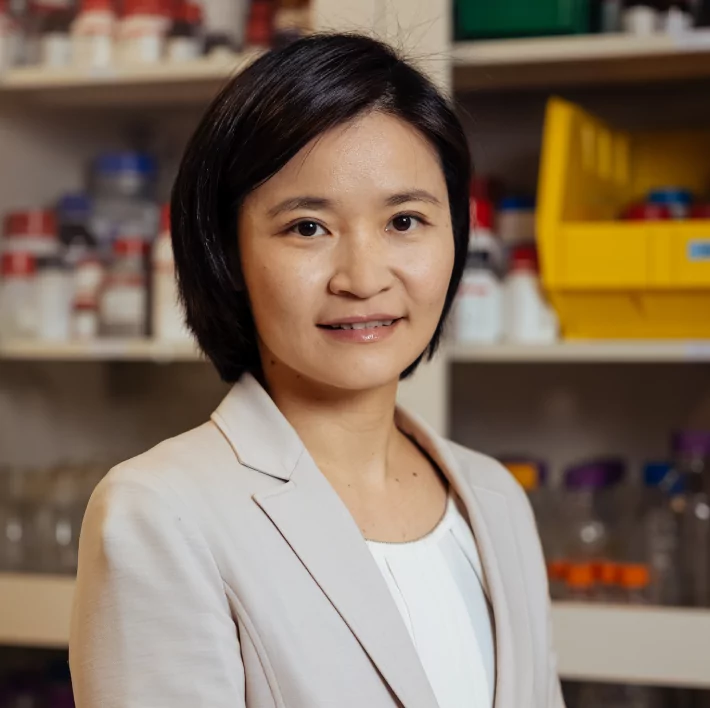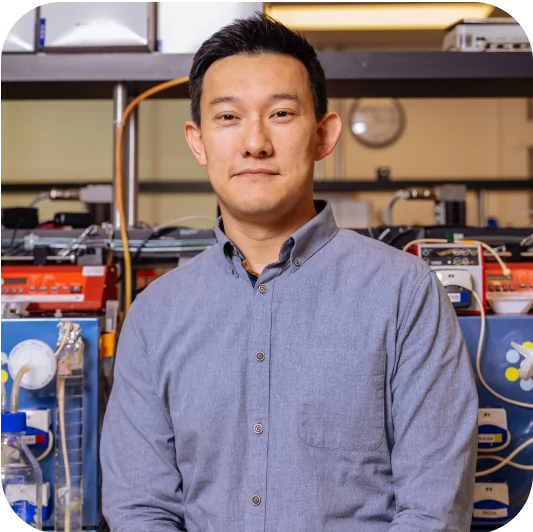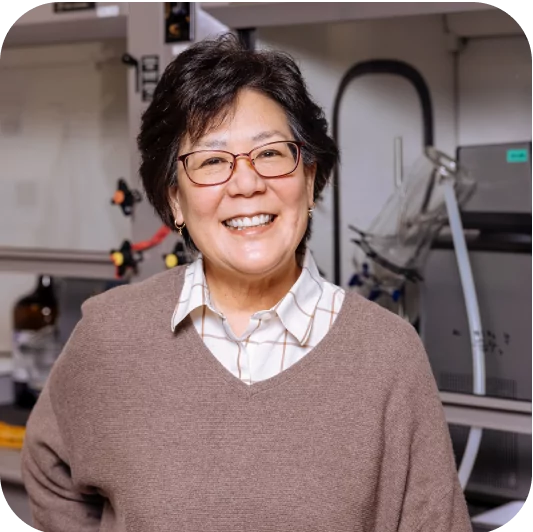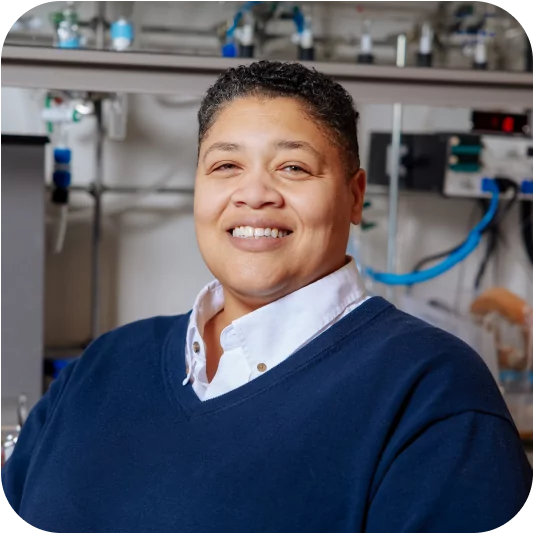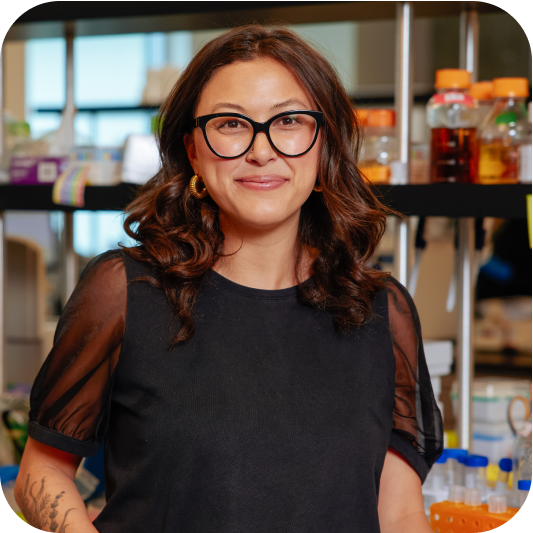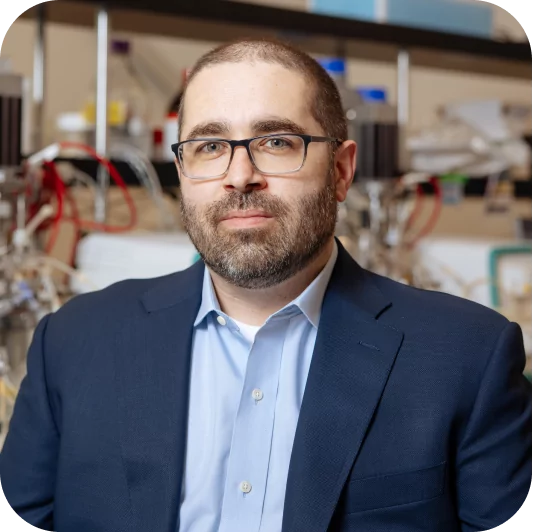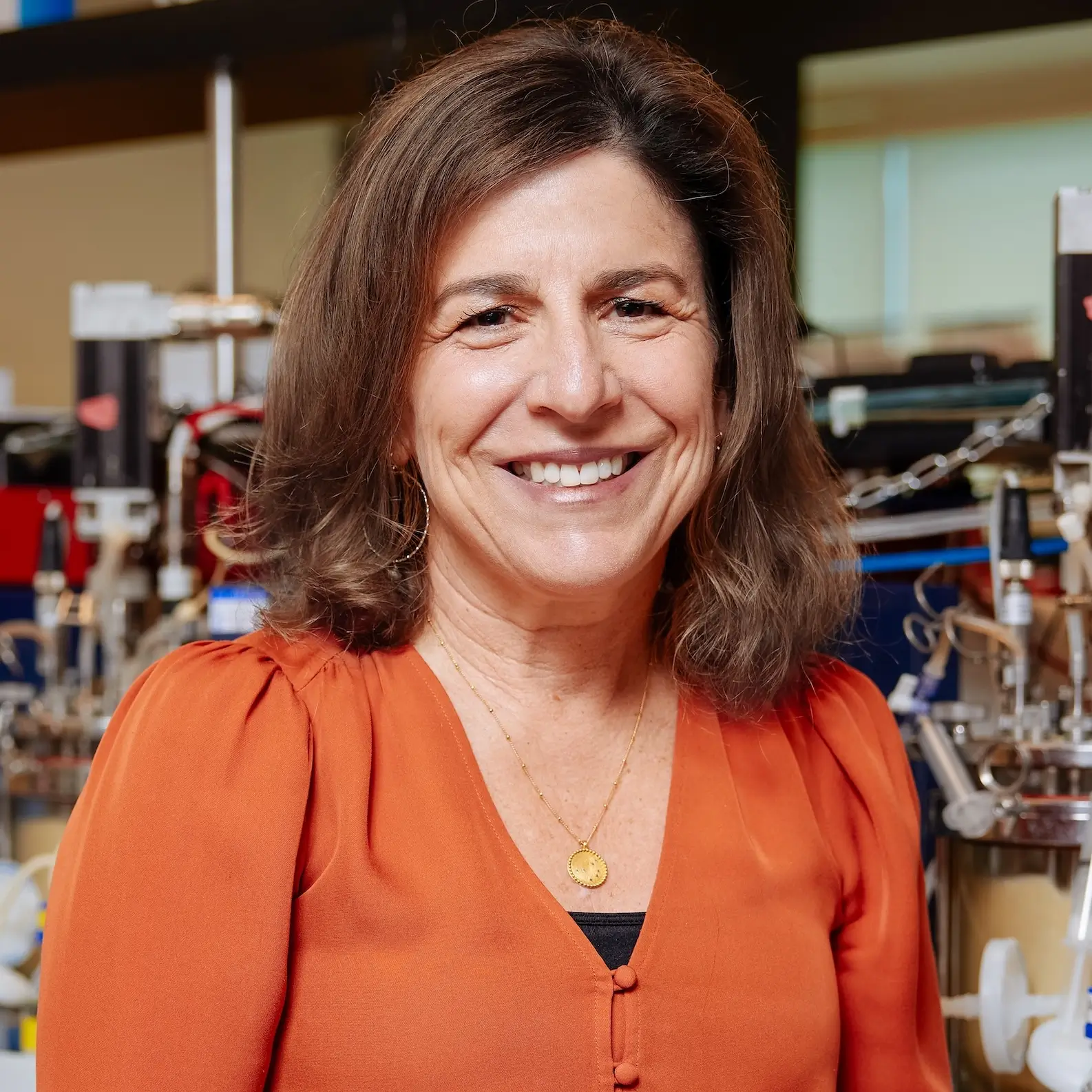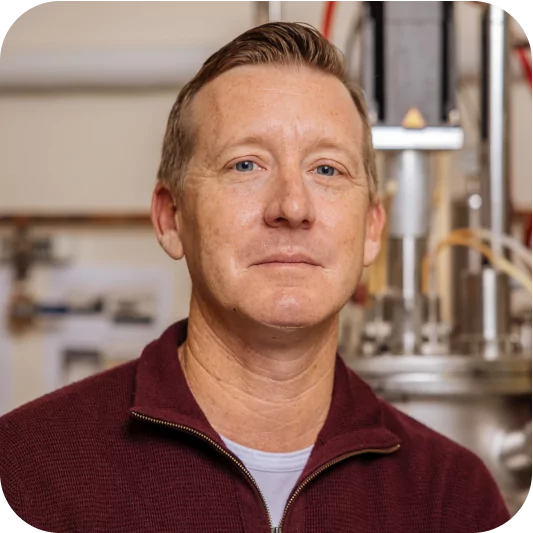In today’s blog, we are pleased to introduce Pavel Aronov, Senior Director of Bioanalytics. Pavel and his team have developed the processes to accurately measure the quantity of our biosynthetic KSMs and APIs produced via biomanufacturing, which is no small feat when working with biological products. We sat down with Pavel to ask him about his background and what inspires him about working at Antheia:
You’ve had an interesting career journey. What can you tell us about your path to Antheia?
As a kid growing up in the Soviet Union and Russia, I was always interested in science. I earned my bachelor’s degree in environmental chemistry there, but there were few resources available for new research in the country, so I applied to graduate school in California. I went straight from Siberia to UC Davis, where I got my Ph.D. in biochemistry.
At that time the fields of metabolomics and mass spectrometry were emerging. One of my PhD advisors explained that while genetics and genomics research uncovered what may happen to living organisms, metabolomics focused on what was actually happening inside living organisms. I focused my research on how to apply mass spectrometry to study metabolism and other aspects of biology. I wasn’t aware of the impact at the time, but my work on diagnostic tests for active forms of vitamin D was later adopted by some major clinical diagnostics companies, resulting in more accurate and precise measurements over traditional immunoassays.
After working as a scientist in the Stanford University Mass Spectrometry (SUMS) lab for four years, I joined the sales and business development team at Thermo Fisher Scientific, a premier manufacturer of mass spectrometers. However, I couldn’t stay away from biological research for long. I ended up starting the analytics team at Impossible Foods, developing ways to reliably measure leghemoglobin (a protein that carries heme), identify impurities, and understand what happens to the protein and flavor molecules when cooked or stored. I also built out the analytical chemistry, flavor chemistry, lipid chemistry, and data science teams before moving on to an even earlier stage food startup, Climax Foods. I was employee number two there and built their initial laboratory and bioscience capabilities from the ground up amid the COVID-19 pandemic.
As the world was starting to normalize again after the pandemic, I saw a job listing for Antheia and felt like the description fit me perfectly, so I joined as Interim Director of Bioanalytics in late 2021 before taking my current role as Senior Director in early 2022.
What made you say yes to Antheia?
I’m a practical person. I majored in biochemistry to work in a field that will always be in demand, and I am drawn to companies with the potential to scale into thriving, profitable businesses. Antheia was attractive to me as a company with innovative technology and a high chance of commercial success. The work we are doing is highly complex and difficult to replicate, which gives us a competitive advantage. I am also amazed at how efficient our team is. Antheia has accomplished so much with a small team of smart and dedicated people, and this type of responsible and steady approach to corporate growth really stood out to me in a hyper growth startup market.
What does the bioanalytics team focus on at Antheia?
At a high level, our work focuses on analytical chemistry, which involves understanding the quantitative composition of matter. For example, in food, analytical chemistry examines how many carbs and proteins are present in a sample.
Bioanalytics is a subset of analytical chemistry that is applied to biological samples, so at Antheia, we’re measuring the products that are produced by yeast cells in fermentation flasks and tanks. We work closely with our downstream processing (DSP) team to guide the process and jointly work to improve yields and remove impurities from our biosynthetic KSMs and APIs. As we scale our biomanufacturing processes toward commercial levels and have to isolate our products from larger fermentation containers, this work becomes even more important to ensure optimal production. The questions we’re answering with our work include: are we making the right product, is it pure enough, and is the measurement accurate?
As someone in a leadership position on this team, what does your day-to-day role look like?
For me, it’s all about data accuracy. There’s a saying that a mass spectrometer is a truth machine, and while this is true, after 20 years in this field, I’ve learned that there is still a layer of interpretation that needs to happen. It’s not as simple as what you see on CSI: Miami where you put a sample into a machine and it spits out a report. My role is to look at the data from a more critical perspective, test basic assumptions, and ask the right questions to ensure accuracy. I also coach my team in developing and honing their own skills and collaborate closely with the biology and fermentation teams to understand and support their processes.
What role did the bioanalytics team play in Antheia’s recent commercial milestones?
Our team made crucial contributions to strain and process development by tracking strain performance, purity, and yields. This work is critical from an economic perspective – having accurate measurements of the quantity of our products plays a major role in our commercial strategy.
Another key part of this work was transferring our methods from one laboratory to another, moving from bench scale to pilot scale, and then eventually, commercial scale. This is a common technical challenge in our field because of the nuanced variabilities in how scientists work from one lab to another. Our team helped ensure the results we saw onsite in our own labs aligned with the results we got in our CMO partners’ labs. That consistency was and will continue to be critical to our commercialization efforts.
What do you hope to achieve with Antheia in the next year? What about in five years?
In the next year, the bioanalytics team will focus on understanding and overcoming the inhibiting factors that may lower the ability of our strains to produce our KSMs and APIs. In five years, it’s about incorporating the entire scope of information about our biological pathways into the decisions we make. Personally, I think machine learning tools will eventually enable us to better understand and use all of this data. We collect so much data in our work that at some point, the volume of information just becomes insurmountable for humans to analyze comprehensively. I think there is a huge opportunity to automate some of the analysis process that can lead to new discoveries, though human supervision and interpretation will always be critically important.
What makes Antheia a great place to work?
In addition to the smart, hard-working people who make up our team, we also have a team of unflappable and optimistic leaders. There is a saying that slow is smooth and smooth is fast, and Antheia really embodies this – our leadership has intentionally cultivated a focused workplace environment and this stands out among the more frenzied experiences you often find at startups. Our consistent pace and clear goals and objectives boost productivity and eliminate busy work. From a commercial perspective, we’re on track to make valuable products, and customers are already responding well to our work, which is exciting.
